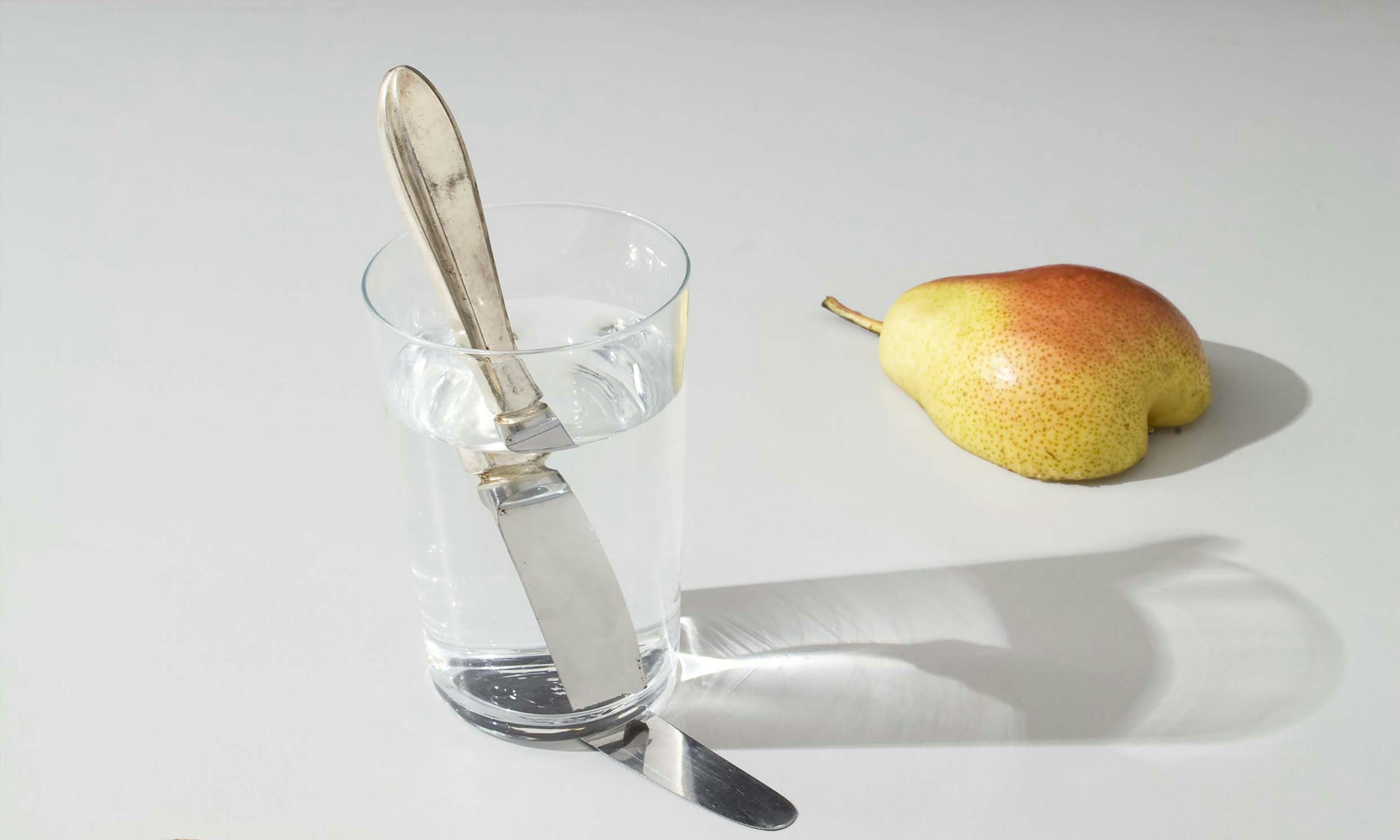secondary education
Still Life Portrait
How do you take a self-portrait without yourself in the photo? If you had to pick five objects that say something about you, which one would you pick? Do you pay attention to composition, colour and other image aspects when you’re taking pictures of objects?
About the workshop
During this four-part workshop, students will get introduced to the different image aspects of photography and learn to apply these as a photographer. By referencing the work of young photographers from , you will start working on a photography assignment. A professional museum teacher will bring an (online) visit to the classroom to evaluate the assignment.
The workshop Still-life Portrait starts at school with a preparatory class given by the class teacher. In this class, students will be introduced to the photographic image aspects. After the class, participants will view the online exhibition during which students complete the different assignments. After the exhibition visit, students will be prepared to start the home assignment as a photographer.
This workshop consists of four parts: a preparative class, an (online) exhibition visit, an individual photography assignment and an evaluation. When booking this workshop, it will be agreed upon when the museum teacher will come to class to collectively reflect on the photography assignment. It is also possible to book the preparatory class to be given by the same museum teacher.
Learning goals
- The participant will start working with the tools of the photographer and deals with the photographic aspects (framing/crop, composition, subject, point-of-view and focus)
- The participant gets introduced to the term ‘portrait’ and how this term has different applicable forms
- The participant reflects on the exhibition Foam Talent 2021 and analyses the artworks on similarities and differences
- The participant applies the photography aspects to the assignment and evaluates them together with the group
The learning goals of Still-life Portrait are consistent with the objectives artistic orientation (objectives 48-50) and cross-curricular with Dutch (objectives 1 and 5-7).
Questions or special requests?
Contact the Education department via educatie@foam.org.
